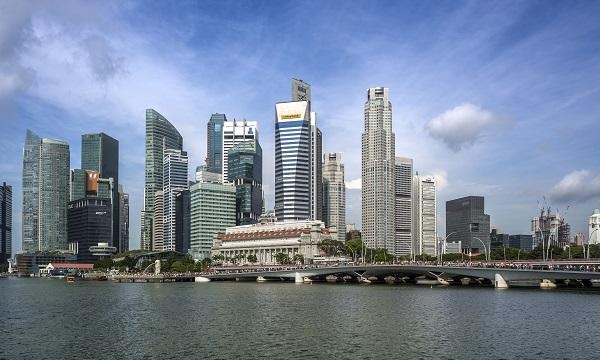
Inflation hits positive once more; here's what you need to know
Banks take a look at the first positive inflation rate since the pandemic.
The year started with prices picking up, with a 0.2% headline inflation in January.
The increased costs of private transportation and accomodation made up for the lower prices of retail, food, services, and utilities. Experts believe this could set a trend for the coming months.
Transportation, retail and food
Private transportation costs raised the overall inflation rate for the month, speeding up at 1.9% from the previous 1.2%. Costs will continue to rise as travel restrictions ease, according to Malaysia-based Maybank.
“Private transport costs will likely continue rising in the coming months with ERP rates increasing at 10 gantries by S$1 with effect from 22 February to manage congestion during peak periods as traffic recovers,” Maybank said in a report. It added that higher petrol rates could also lead to higher fares for public transportation.
Maybank attributed the muted decline in retail prices, from -1.2% in December to -1.3% in January, to less demand for personal care products, clothing, and footwear. Food inflation eased to a 10-month low at 1.5% due to softer demand for non-cooked and restaurant meals.
In a joint statement, the Monetary Authority of Singapore and the Ministry of Trade said they expect increased inflation in domestic services as the economy recovers post-pandemic.
A mostly positive 2021
The government sets its expectations for headline inflation to stay within the -0.5% and 0.5% range in 2021. Maybank projects a higher figure at 0.8%.
OCBC Bank expects the year to be “modestly positive” amidst the rise in crude oil prices globally. Should global oil prices stay at around US$55 per barrel, it expects a full-year inflation rate of 0.7%. An uptick in global oil prices to US$60 per barrel could drive headline inflation closer to 1% for the full year of 2021.
“However, like other major central banks, the persistent negative output gap and weak labour market outlook is likelyinsert caution into over-reading what may be a temporary overshoot of the inflation prints for the upcoming April-August period due to the low base a year ago,” OCBC said in a statement.
Inflation slid by 0.2% for the full year of 2020, driven by lower costs in transportation, health care, clothing and footwear, housing and utilities, and education, and tempered by higher food costs.
























 Advertise
Advertise






